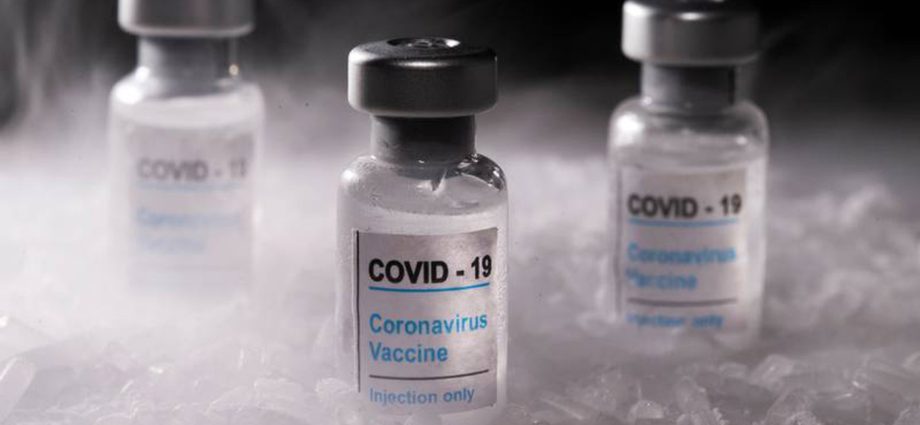Central Health makes changes to vaccine transportation procedure after temperature problems
– Reuters. File photo
By Nicholas Mercer, Local Journalism Initiative Reporter, The Central Voice
Jan 21, 2021
A cold chain break during the transportation of a COVID-19 vaccine recently is causing Central Health to make changes to its procedures.
The break occurred earlier this month when 160 doses of the Pfizer-BioNTech vaccine were being transported from the distribution centre in Gander to the Central Newfoundland Regional Health Centre in Grand Falls-Windsor.
The break came when the Pfizer vaccine, which must be kept at a temperature between –60 C and –80 C, went to a temperature that was between two and eight degrees outside what is recommended.
Central Health has made changes to ensure it doesn’t happen again.
“What we do when a situation like this happens, or any situation that happens, we follow a continuous quality improvement approach,” said Joanne Pelley, vice-president of integrated health and chief nursing executive with Central Health. “With that, we would review all processes that occurred and look at anything that we need to do differently.”

One of those changes is to have the shipments of the vaccine transported on the day of the clinic instead of the day before.
In the days that followed the break, there were no transportation issues and they were able to deliver vaccines to priority health-care workers.
“We’ve reviewed the process, we’ve implemented new approaches and we certainly do not want this to happen again,” said Pelley.
Dr. Janice Fitzgerald, the province’s chief medical officer of health, said the vaccine is transported with a specialized temperature recorder in each box, which indicated the doses had been above that for 15 minutes.
“It’s my understanding that it has to do with just the way that the shipping container was conditioned — and the TempTale, the temperature recording device that we use — were conditioned prior to being placed in the … shipping container, and so that can sometimes result in a higher reading,” Fitzgerald said Wednesday.
While there was no damage to the vaccine, it became paramount that those doses be administered as quickly as possible.
Because of this, officials with Central Health pulled their health-care teams together and quickly started assessing the situation, while determining the best choice of action.
None of the doses went to waste, and were delivered to the people who needed them in the six hours when they had to be delivered.
Subscribe to our newsletter.
“Central looked at this and tried to determine what the reason for that cold chain break was, and to the best of my knowledge at this point, they have figured that out and they have put safeguards in place to make sure that doesn’t happen again,” said Fitzgerald.
— With files from Peter Jackson

